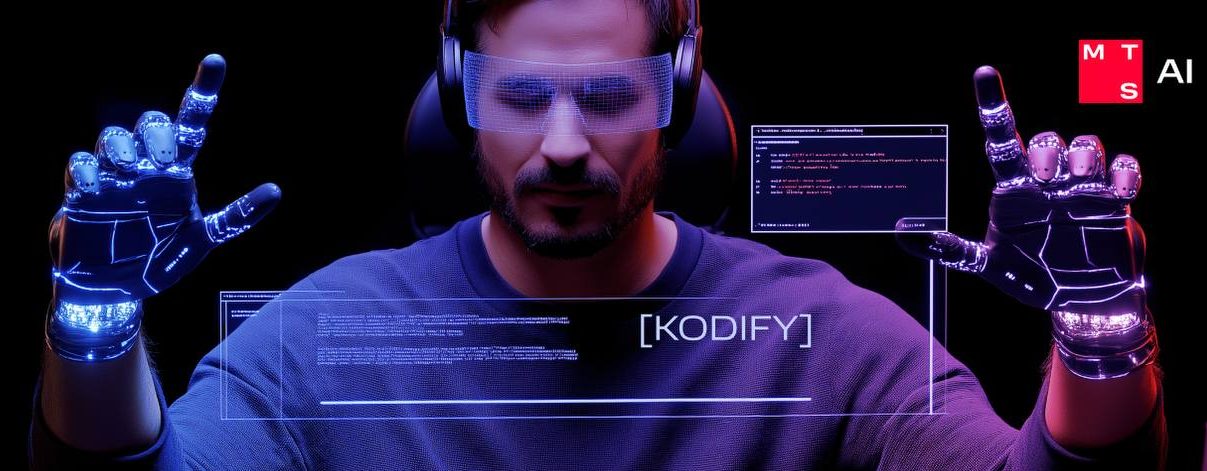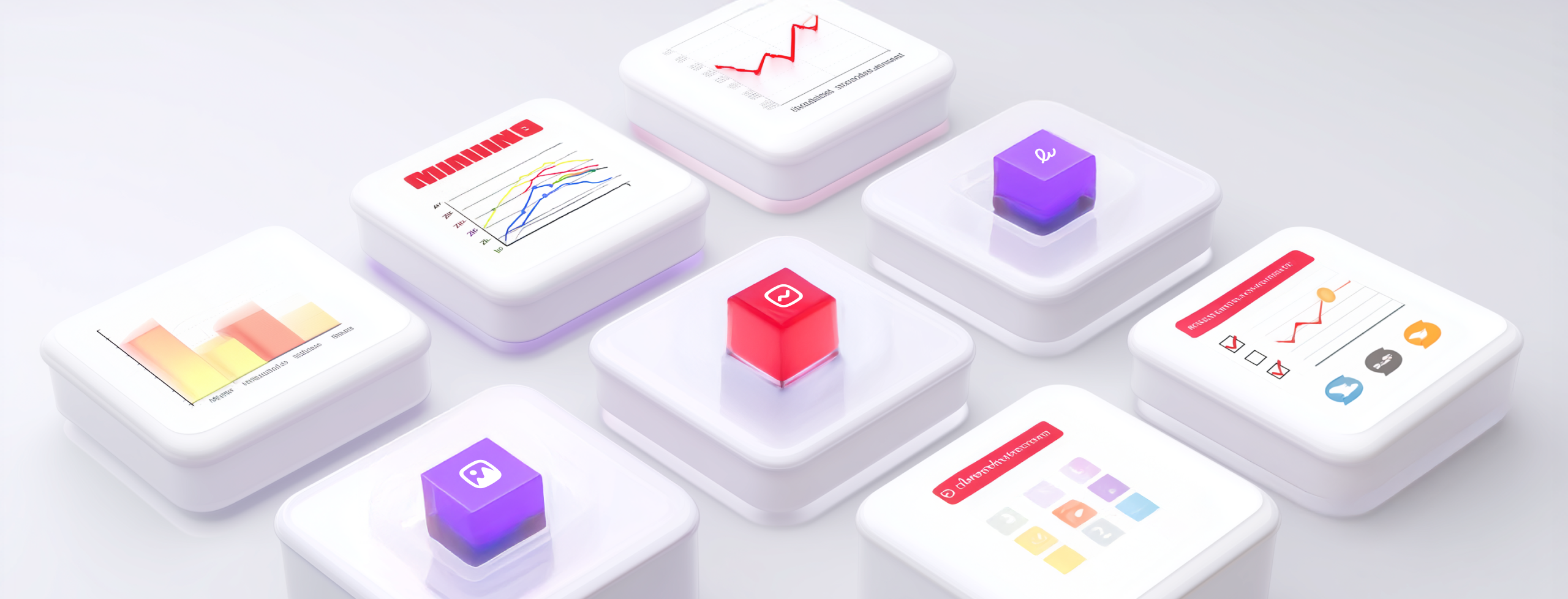In today’s #InfocusAI digest, we will talk about global industrial robotization, the Chinese manufacturer’s intentions to reduce lidar prices, the changing perception of medical AI in Russia, a new AI tool MIT offers to visualize future floods and Intel’s report on how AI PCs are used.
AI-focused digest – News from the AI world
Issue No. 54, November 14-28, 2024
South Korea, Singapore and China are leading in industrial robot density
According to the latest report presented by the International Federation of Robotics, South Korea, Singapore and China now lead the manufacturing robotization process. These countries boast 1,012, 770 and 470 robots per 10,000 employees of factories, respectively. It is noteworthy that China first joined the top ten countries with the highest robot density (the number of robots per 10,000 manufacturing industry workers) only in 2019, yet it took less than 5 years for the PRC to double this figure and rank third, pushing out Germany to the fourth place. Japan, Sweden, Denmark, Slovenia, Switzerland and the USA have also made it to the top ten countries with the highest rate of industrial robotization.
Chinese lidars for self-driving systems to drop in price by half next year
China’s Hesai Group, the world’s leading manufacturer of lidars for unmanned driving systems, plans to lower prices for its key product, Reuters reports. The new ATX lidar by Hesai will launch onto the market next year, costing less than $ 200, half the price of the current AT128 model. “The price cut will be made possible by using self-developed chips to run lidar sensors and improving factory operation rates”, shared David Li, Hesai Group’s head, in an exclusive interview with the agency. The new lower prices are expected to promote wider lidar adoption. For example, they might find more use in budget electric vehicles (up to $ 20,000), as it will become economically feasible.
MIT scientists taught AI to visualize potential flooding effects
Scientists from the Massachusetts Institute of Technology have developed a GAN-powered generative AI tool, which can visualize what the area will look like after a flood, reports MIT News. This innovation features a physics-based flood model, which includes such parameters as the trajectory of an approaching hurricane, storm surge and others. This approach ensures better visualization accuracy. The developers have tested their AI-tool using Houston as an example. The scientists have tasked the AI with generating a satellite image of the aftermath of a hurricane, similar in characteristics to Hurricane Harvey in 2017, and then compared the results with real satellite images of the region after the disaster. It turned out that when this physics-based flood model was not utilized, the artificial intelligence generated flooding in places where in reality this did not happen, that is, it just hallucinated. Conversely, when the scientists enabled the physics-reinforced method, the results produced were much closer to what actually transpired. This way, the developers wanted to show that generative AI, supported with physics-based models, can produce realistic and trustworthy content for decision-making. Still, further training is required for the solution to predict the consequences floods might have in different regions.
Positive perception of medical AI grows in Russia
More and more Russians believe that artificial intelligence in medicine will help to improve patients’ health, a recent VCIOM survey says. For example, 43% of respondents find the use of AI technologies in medicine beneficial, showing a 3% growth vs. a year earlier. 27% do not expect AI developments to improve public health, and 12% predict that this technology will have a negative impact and, consequently, the public health will deteriorate. The VCIOM experts point out that the share of skeptics decreased by 5% compared to last year, which also confirms the notion that AI in medicine is now perceived more positively. Details are available here.
Intel: AI PCs still do not save time, user training is required
Personal computers and laptops with integrated AI capabilities directly in their hardware and software (AI PCs) can save several hours a week for their users when solving everyday computer tasks. However, for now, those who use AI PCs spend on average more time on computer chores than people who own traditional personal devices. These were the results of a recent study by Intel among users of personal computers and laptops in Germany, France and the United Kingdom. The reason, according to experts, is the lack of proper education on AI usage. It is what is essential to unlock the full potential this technology presents. In particular, it takes a lot of time for users to set tasks for AI systems in order to get the response or reaction they want. Intelligent product suppliers should invest more effort in training provided for their clients. It is also important to increase general awareness about the very existence and capabilities of AI-powered computers since the survey showed that 86% of PC users had never heard of an AI PC. You can read more about the study here.













